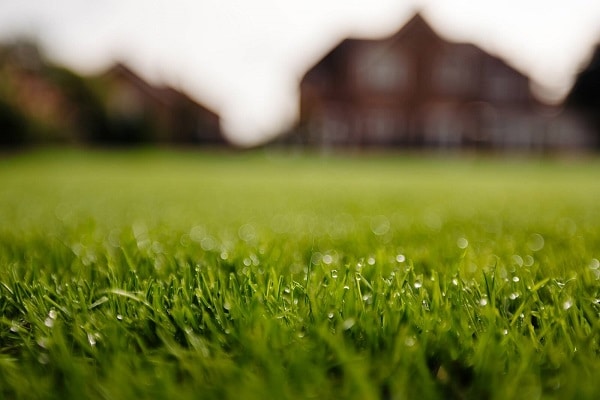History of lawn, Cultural significance

Lawns have become a ubiquitous feature of modern landscapes, but their history and cultural significance date back centuries. In this blog, we will explore the history of lawns and their cultural significance.
The origins of lawns can be traced back to the Middle Ages in Europe. Large estates and castles had open spaces covered in grass that were used for grazing livestock and recreation. The first documented use of the word "lawn" to refer to a mowed area of grass was in 1540.
In the 17th century, the concept of the lawn as a symbol of wealth and status became more widespread. The French aristocracy began to use lawns as part of their formal gardens, and this trend spread to other European countries. In the 18th century, the English aristocracy adopted the lawn as a key element of their landscape design, and the trend soon spread to North America.
During the 19th century, the lawn became a symbol of the American dream, representing the ideals of prosperity, democracy, and leisure. Lawns were a central feature of suburban homes, public parks, and golf courses. The invention of the lawnmower in the mid-19th century made it easier for homeowners to maintain their lawns, and the popularity of lawn sports like croquet and tennis further cemented the cultural significance of lawns.
In the 20th century, the rise of mass media and advertising contributed to the cultural significance of lawns. Lawn care companies marketed their services and products, promoting the ideal of the perfect lawn as a symbol of success and social status. The environmental movement of the 1960s and 1970s challenged this ideal, questioning the ecological impact of lawns and promoting alternatives like native plants and xeriscaping.
Today, lawns continue to be a significant cultural symbol, representing the ideal of a perfect, manicured landscape. However, there is growing awareness of the environmental impact of lawns, including their high water usage, reliance on chemicals, and contribution to air and noise pollution. As a result, there is a growing interest in sustainable and eco-friendly lawn care practices, such as reducing lawn size, planting native species, and using organic fertilizers and pest control methods.
In conclusion, the history of lawns and their cultural significance reflects the changing values and ideals of society. From their origins as grazing areas to their current status as symbols of success and leisure, lawns have undergone many transformations. Today, as we face growing environmental challenges, we are reevaluating the role of lawns in our landscapes and seeking new ways to balance beauty and sustainability.